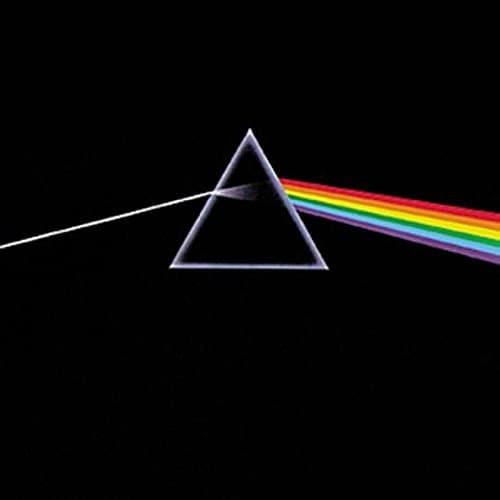Marketplace
2016 Pink Floyd Records PRESSING
- RPM 33 ⅓
- Audio Stereo
- Catalog Number PFRLP9
- Release Year 2016
- Vinyl Mastering Engineer James Guthrie, Joel Plante, Bernie Grundman
- Pressing Weight 180g
- Jacket Style Single
Like all of Pink Floyd’s 2016 vinyl reissues, Wish You Were Here was very likely cut by Bernie Grundman from high-resolution 24-bit/96kHz digital masters done by James Guthrie and Joel Plante. The 1975 set followed the enormously popular Dark Side of the Moon and takes as one of its subjects the inspiration and abiding spirit of co-founder Syd Barrett, by then no longer a member of the group. The album also criticizes the exploitative nature of the music business.
Wish You Were Here continued the sonic innovation that made its predecessor such a musical and commercial success. All four band members contribute keyboards or other effects. The keyboards opening “Shine on You Crazy Diamond (Parts I-V)” are spread wider and deeper across the soundstage in the new pressing, but the twinkling keyboard effects that dart in and out possess more shimmer and register more clearly on the original U.K. pressing.
David Gilmour’s guitar work on the aforementioned cut is also warmer-toned on the new pressing, and in some ways more emotionally involving. Yet the brighter sound of the U.K. pressing gives the guitar a bit more edge. When Nick Mason enters, Grundman gives his drums an impressive and full bottom end. On the earlier pressing, the percussion makes a stronger impact and sounds more explosive.
This version of Wish You Were Here is more balanced than its earlier counterpart, a trait that allows some of the elements in the recording to emerge with more clarity. Gilmour’s rhythm-guitar parts seem more prominent and his solo lines better integrated with the other instruments. Roger Waters’ bass reaches deeper, and the notes are cleaner, while Mason’s backbeat hits with added authority.
Grundman’s mastering backs off the compression and gives more space to individual instruments, allowing, for example, the synthesizers, guitars, and bass on “Have a Cigar” to more forcefully register. By contrast, the cynical edge in Roy Harper’s vocal comes through more strongly on the original.
The new pressing is enjoyable for the amount of room it affords the music and the stronger bottom end, which gives the recording a more defined foundation. When I return to the original UK. pressing, however, I hear something more familiar and a little more aggressive—especially on “Welcome to the Machine” and “Have a Cigar”—that I miss in the new pressing. That said, if you don’t have a clean U.K. copy, this reissue is a good alternative.
Wish You Were Here
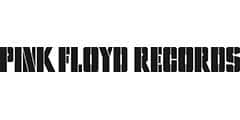
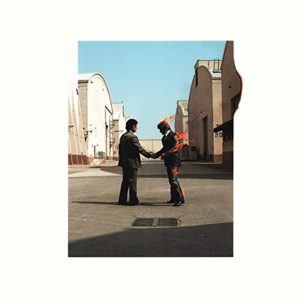
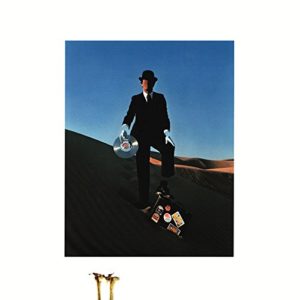
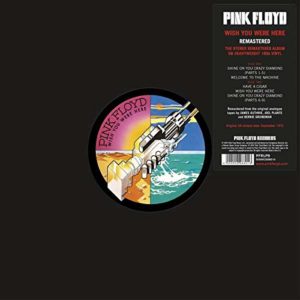
 4.5
4.5

